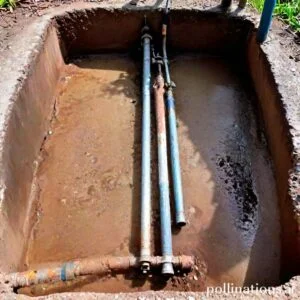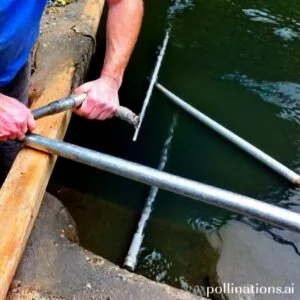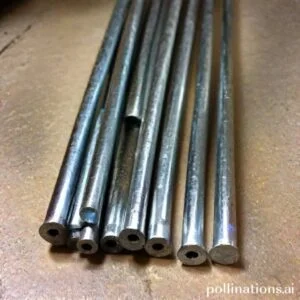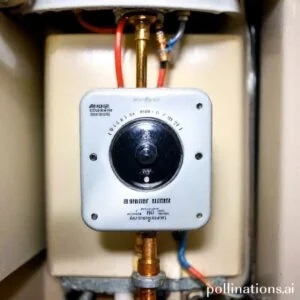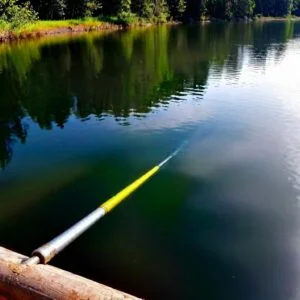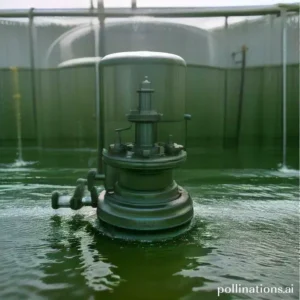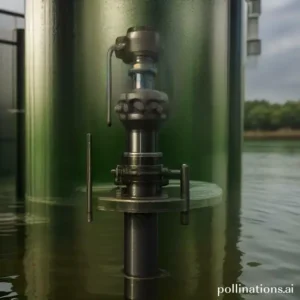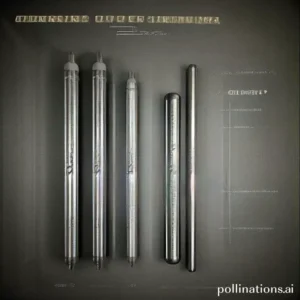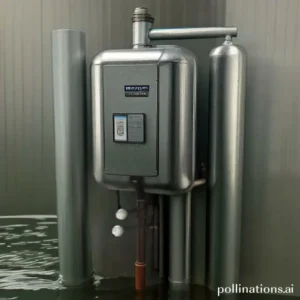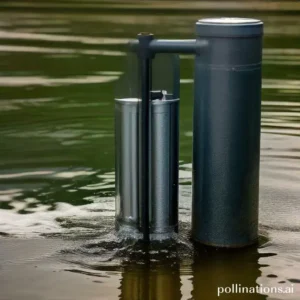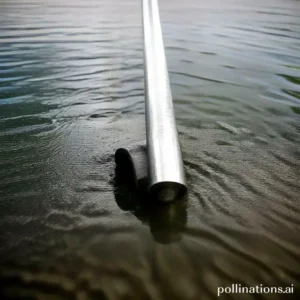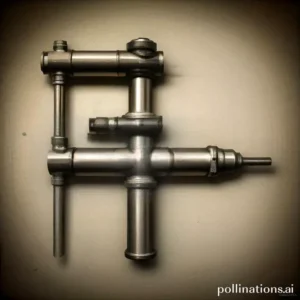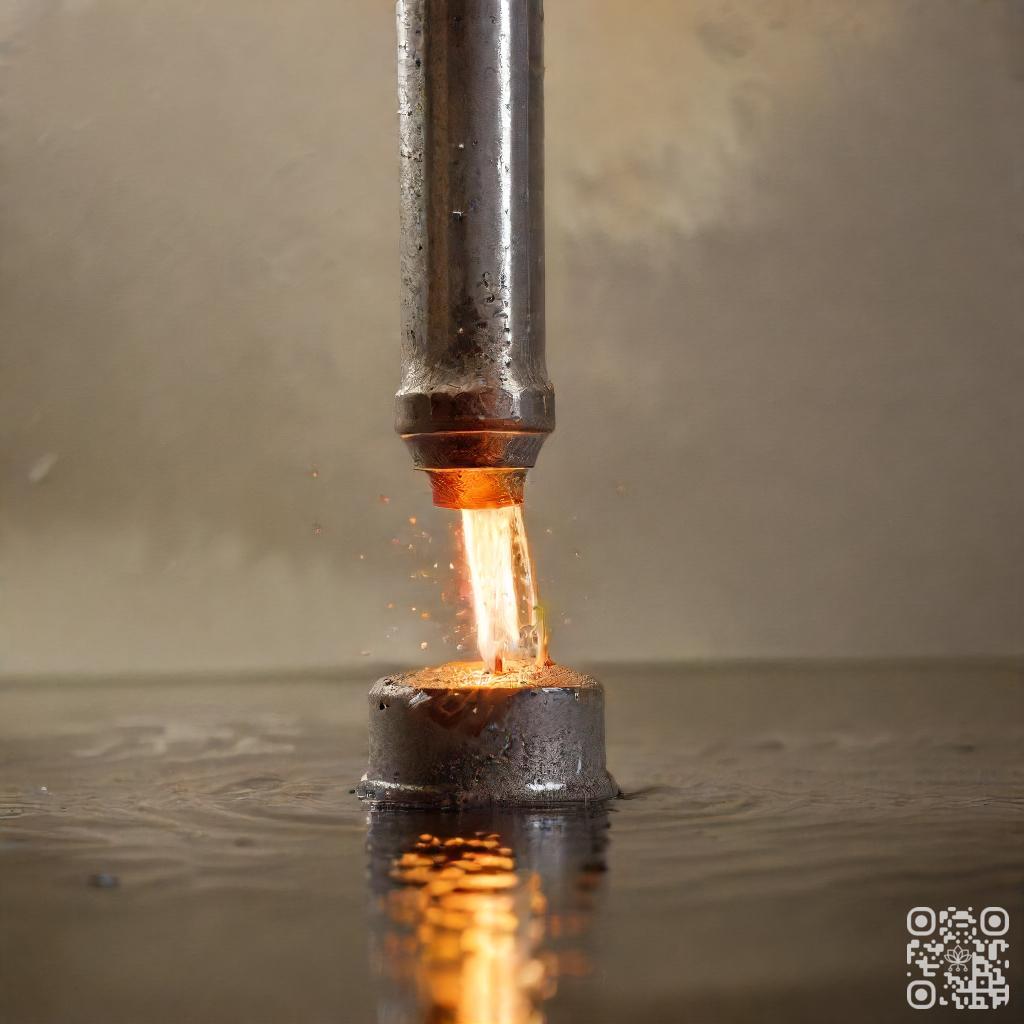
The anode rod in a water heater is a crucial component that helps prevent corrosion and extends the lifespan of the tank. It is typically located near the top of the heater, suspended in the water.
By attracting and sacrificing itself to corrosive elements in the water, the anode rod protects the tank from rust and deterioration. Regular inspection and maintenance of the anode rod is essential to ensure optimal performance and longevity of your water heater.
Mastering Anode Rods in Water Heaters
1. What is an anode rod?
An anode rod is a component of a water heater that helps prevent corrosion and extends the lifespan of the tank. It is usually made of magnesium or aluminum, which are highly reactive metals. The anode rod attracts corrosive elements in the water, sacrificing itself to protect the tank from rust and deterioration.
2. How does an anode rod work?
When water flows into the tank, it carries minerals and impurities that can cause corrosion. The anode rod creates a reaction with these elements, diverting them away from the tank’s walls. This process, known as electrolysis, forms a protective layer on the anode rod itself, gradually depleting its sacrificial properties over time.
3. Why is an anode rod important in a water heater?
An anode rod is essential in a water heater because it helps prevent the tank from rusting and prolongs its lifespan. Without an anode rod, the corrosive elements in the water would attack the tank directly, leading to leaks and reduced efficiency. Regularly inspecting and replacing the anode rod when necessary can significantly extend the life of your water heater.
| Benefits of Anode Rods | Examples |
|---|---|
| 1. Corrosion Protection: | Anode rods protect the tank from rust and deterioration caused by corrosive elements in the water. |
| 2. Extended Lifespan: | By sacrificing themselves, anode rods prolong the life of the water heater tank, saving you money in the long run. |
| 3. Maintenance Cost Reduction: | Regularly inspecting and replacing anode rods can help prevent costly repairs and replacements of the entire water heater. |
Locating the Anode Rod in Your Water Heater
In terms of maintaining your water heater, one crucial component to keep an eye on is the anode rod. This small but mighty device plays a significant role in preventing corrosion and extending the lifespan of your water heater. In this section, we will guide you on how to locate the anode rod in your water heater and provide useful information on different types of water heaters and their respective anode rod locations.
1. How to Find the Anode Rod in Your Water Heater
Finding the anode rod in your water heater is a simple process that can be done with a few steps. Follow these instructions to locate it:
- Turn off the power supply to your water heater.
- Locate the access panel on the top of your water heater.
- Remove the access panel using a screwdriver or the designated tool.
- Once the access panel is removed, you will see the anode rod attached to the top of the tank.
- Inspect the condition of the anode rod. If it appears corroded or worn out, it may be time for a replacement.
2. Different Types of Water Heaters and Their Anode Rod Locations
Water heaters come in various types, including tankless, electric, and gas-powered models. Each type has a unique design, which affects the location of the anode rod. Let’s probe the different types and their corresponding anode rod locations:
| Water Heater Type | Anode Rod Location |
|---|---|
| Tankless Water Heater | Typically, tankless water heaters do not have an anode rod as they are designed differently to prevent corrosion. |
| Electric Water Heater | The anode rod in an electric water heater is usually located on the top of the tank, underneath the access panel. |
| Gas-Powered Water Heater | In gas-powered water heaters, the anode rod can be found on the top of the tank or attached to the hot water outlet. |
Signs of a Worn Out Anode Rod
In terms of maintaining your water heater, one crucial component that often gets overlooked is the anode rod. This small but mighty rod plays a vital role in protecting your tank from corrosion and extending its lifespan. Over time, notwithstanding, the anode rod can wear out, leaving your water heater vulnerable to damage. In this section, we will ponder the signs that indicate it’s time to replace your anode rod and the importance of regular maintenance.
1. How to tell if your anode rod needs replacing
There are a few key indicators that can help you determine if your anode rod is due for a replacement. To start with, check the rod’s appearance. If it appears heavily corroded or has a significant amount of mineral buildup, it’s likely time to replace it. Additionally, if you notice a sulfur-like odor in your hot water or experience a metallic taste, it could be a sign that the anode rod is no longer functioning effectively. Finally, reduced hot water output or frequent water heater malfunctions can also point to a worn-out anode rod.
2. Common signs of a worn out anode rod
Several common signs can indicate that your anode rod is worn out and needs immediate attention. One such sign is rust-colored water coming from your taps. This discoloration is a clear indication that your anode rod has deteriorated, and the tank’s interior is now rusting. Another sign to watch out for is a popping or cracking noise coming from the water heater. This noise occurs when the tank’s interior metal is exposed due to a deteriorated anode rod, causing the water to boil and create steam bubbles. Finally, leaks around the water heater or visible corrosion on the tank itself can also point to a worn-out anode rod.
3. Importance of regular anode rod maintenance
Regular maintenance of your anode rod is essential for the longevity and efficiency of your water heater. By inspecting and replacing the anode rod when necessary, you can prevent costly repairs or even the premature failure of your water heater. It is recommended to check the condition of your anode rod at least once a year and replace it every 3-5 years, depending on the water quality in your area. Hence, you can ensure that your water heater continues to provide reliable hot water for years to come.

Replacing the Anode Rod in Your Water Heater
1. When to replace an anode rod
The anode rod in your water heater plays a crucial role in preventing corrosion and extending the lifespan of your appliance. Over time, the anode rod can become depleted and less effective in protecting your water heater. It is recommended to replace the anode rod every 3 to 5 years, depending on the water quality in your area and the usage of your water heater.
2. Steps to replace an anode rod
Replacing the anode rod in your water heater is a relatively simple process that can be done by heeding these steps:
- Turn off the power supply to the water heater.
- Shut off the water supply to the water heater.
- Drain the water heater to relieve pressure.
- Locate the anode rod on top of the water heater.
- Use a wrench to unscrew the anode rod from the water heater.
- Inspect the old anode rod for signs of corrosion or depletion.
- Insert the new anode rod into the water heater and tighten it with a wrench.
- Turn on the water supply and refill the water heater.
- Turn on the power supply to the water heater.
3. Tips for replacing an anode rod
Here are some additional tips to keep in mind when replacing an anode rod:
- Make sure to choose the right type of anode rod for your water heater. Different water heaters may require different materials.
- Inspect the anode rod regularly to check for signs of corrosion or depletion. This will help you determine when it needs to be replaced.
- If you are unsure about the replacement process, it is always recommended to consult a professional plumber.
| Key Points | Benefits |
|---|---|
| Regular replacement of anode rod | Prevents corrosion and extends water heater lifespan |
| Simple steps to replace anode rod | Allows DIY replacement and saves money on professional services |
| Tips for successful replacement | Ensures proper selection and inspection of anode rod |
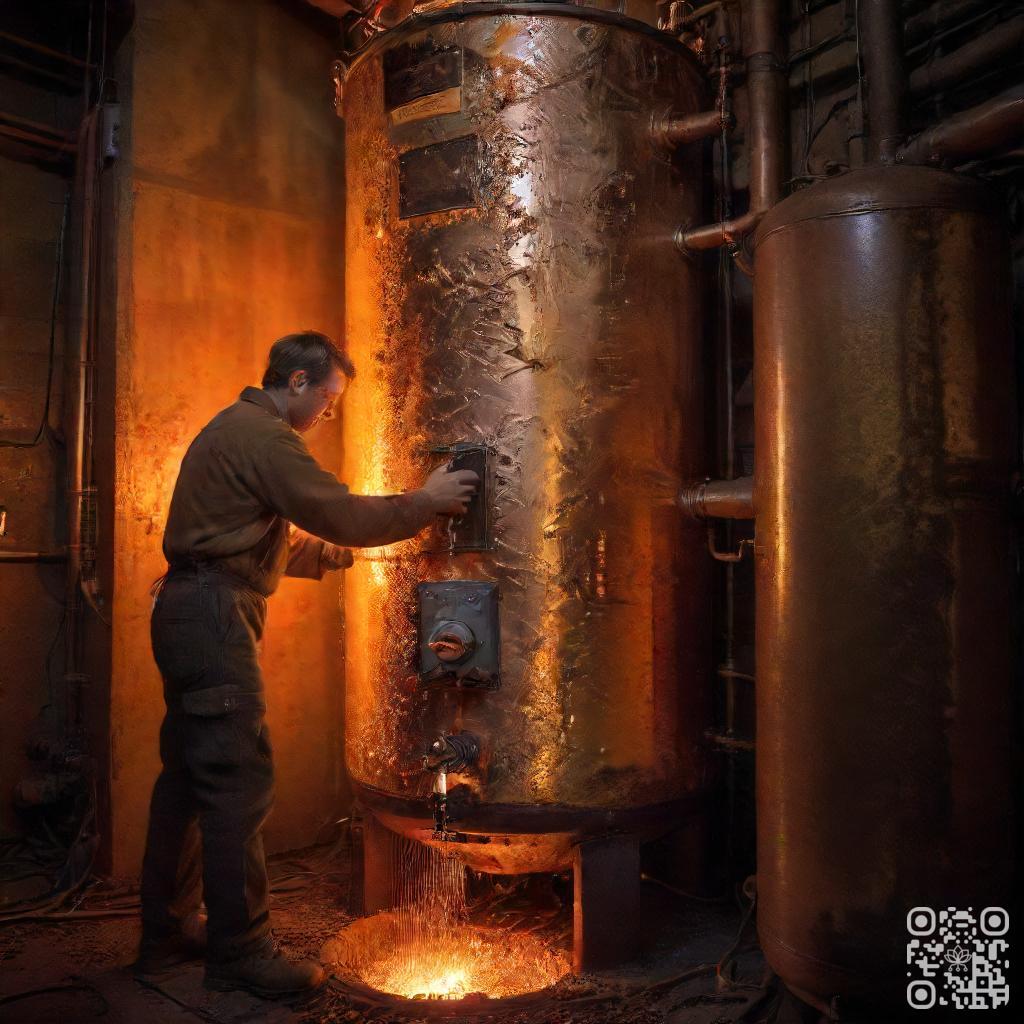
Choosing the Right Anode Rod for Your Water Heater
As for maintaining your water heater, one crucial component you should never overlook is the anode rod. An anode rod plays a vital role in preventing corrosion and extending the lifespan of your water heater. To ensure you choose the right anode rod for your water heater, consider the following factors:
Different types of anode rods
There are several types of anode rods available in the market, each with its own set of advantages and disadvantages. Here are some common types:
- Magnesium Anode Rods: These rods are ideal for areas with soft water. They provide excellent protection against corrosion and are easy to replace.
- Aluminum Anode Rods: Aluminum rods are suitable for areas with hard water. They are affordable and can withstand high levels of mineral content.
- Zinc Anode Rods: Zinc rods are commonly used in areas with foul-smelling water. They effectively control the odor and kill bacteria.
Factors to consider when choosing an anode rod
Before making a decision, take the following factors into account:
- Water Quality: Analyze the mineral content and hardness of your water to determine the type of anode rod that will work best.
- Tank Size: Consider the size of your water heater tank. Larger tanks may require multiple anode rods for optimal protection.
- Budget: Determine your budget and choose an anode rod that meets your financial constraints without compromising on quality.
How to determine the right anode rod for your water heater
To select the perfect anode rod for your water heater, follow these steps:
- Drain some water from your tank to expose the anode rod.
- Inspect the rod for signs of corrosion. If it is heavily corroded, consider replacing it.
- Measure the length and diameter of the rod. These measurements will help you find a suitable replacement.
- Consider the type of anode rod that matches your water quality and tank size.
- Consult a professional if you are unsure about the selection process.
| Type of Anode Rod | Water Type | Advantages |
|---|---|---|
| Magnesium | Soft Water | Excellent corrosion protection, easy replacement |
| Aluminum | Hard Water | Affordable, withstands high mineral content |
| Zinc | Foul-Smelling Water | Controls odor, kills bacteria |
Bottom Line
Knowing the location of the anode rod in your water heater is crucial for its maintenance and longevity. The anode rod is typically located at the top of the water heater tank and is responsible for attracting corrosive elements that would otherwise damage the tank. Regularly checking and replacing the anode rod can extend the life of your water heater and save you money in the long run. It is recommended to inspect the anode rod every 2-3 years and replace it if it is less than ½ inch thick. By taking care of your water heater, you can ensure that you have hot water when you need it and avoid costly repairs or replacements.
Read More:
1. Can A Corroded Anode Rod Be Reused In Water Heater?
2. How To Remove A Stubborn Anode Rod From Water Heater?
